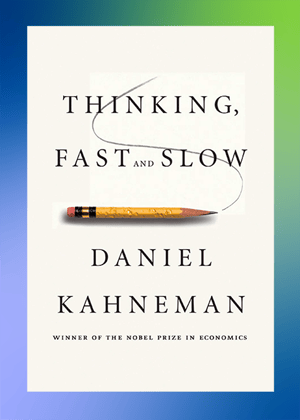 Your Career = Your Business. Regardless of industry, at some point, moving forward will requiring marketing your business-of-one.
Your Career = Your Business. Regardless of industry, at some point, moving forward will requiring marketing your business-of-one.
In STEM fields, entrepreneurs don’t have a monopoly on ‘selling’ ideas. As the CEO of your career, you are your best advocate. In life and career, eventually we all find ourselves pitching a new concept. Maybe you need to explain your science to prospective investors. Or, you’re going for that grant. Or you want to present your paper at a conference.
Like every marketer, you will need to make a case that compels your audience to act.
You’re never going to get the greenlight, if you can’t convince your audience—your boss, the grant committee, your business partner—that your idea has legs. How do you do that? You take a moment to understand your audience. Greenlights are far easier to achieve when you bring your idea to your audience, rather than asking them to come to you. And how do you do that? Marketing. And neuroscience. Always neuroscience.
After communication, the key to successful marketing is understanding how humans make decisions.
Understanding the neuroscience of human decision-making will improve your overall quality of life. Understanding how our brains make decisions builds your capacities for both self-awareness and empathy. As we’ve discussed previously, these are core factors of emotional intelligence (EQ). And, as with interrupting implicit bias, cultivating your emotional intelligence is personal development that is also professional development. So why not invest some extra-curricular reading time in learning about a psychological Swiss Army knife?
 Known to many as the Idea Whisperer, Tamsen Webster knows all about the strategy of messaging. In anticipation of her upcoming WESTevent, we asked Webster where to start if you’re serious about pitching that big new idea. Webster’s reply: Read Thinking, Fast and Slow by Nobel laureate Daniel Kahneman.
Known to many as the Idea Whisperer, Tamsen Webster knows all about the strategy of messaging. In anticipation of her upcoming WESTevent, we asked Webster where to start if you’re serious about pitching that big new idea. Webster’s reply: Read Thinking, Fast and Slow by Nobel laureate Daniel Kahneman.
Why? Because if you want to bring your idea to your audience and drive your audience to act, you need to understand how your audience thinks. As in behavioral psychology and behavioral economics, AKA decision making. Kahnerman explains the human thought process as the product of two systems that correspond to the two major part of our brains. System One is your gut reaction and instinct. It is quick, intuitive and led by emotion. An evolutionary newcomer, System Two is slower and more deliberate, producing responses based on logic and rational thought. Kahnerman's book explores the strengths and faults of each system and their interactions.
Who cares?
Time to dial up the EQ and practice empathy. Circle back to that idea that you know inside and out because it’s the product of your Zone of Genius. Why should your audience care about your idea? Consider what you know about communication, decision-making and where your industry and audience are right now. Get your answer down to the length of an elevator pitch. Webster suggests defining your idea in one sentence ‘about the length of a pre-expansion Tweet’.
How exactly do you make your idea irresistible?
Now you’re ready to make the most of the upcoming WESTevent, a workshop led by Tamsen Webster on how to make your ideas irresistible. It’s not required, but you’ll get a lot more out of this event if you’ve got something to work with. So, bring your idea(s), or whatever you’ve got so far. We’ll see you there!
Disclaimer: We use affiliate links. Support WEST, at no cost to yourself, while you do the work by purchasing the recommended book through our affiliate links.

